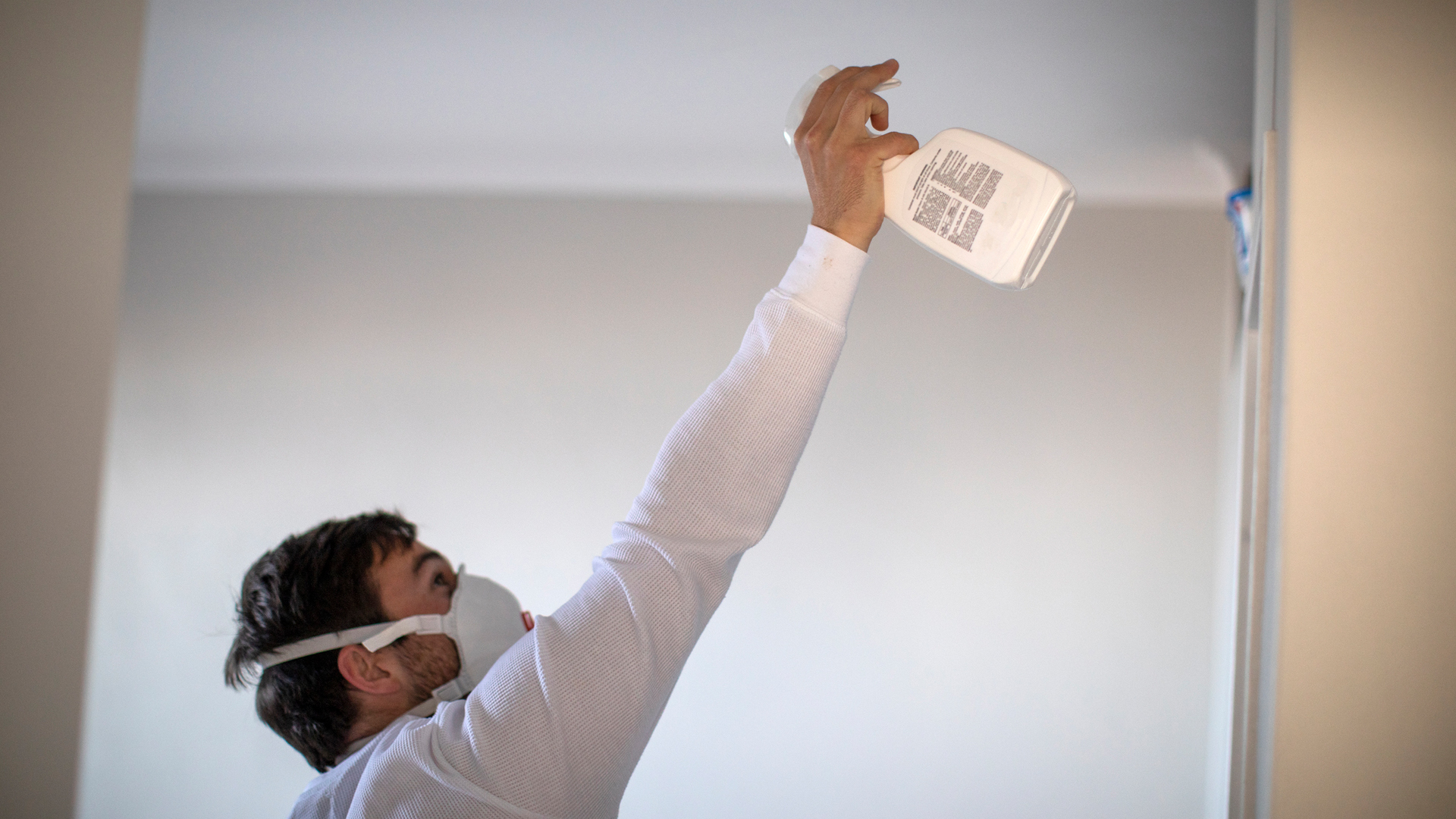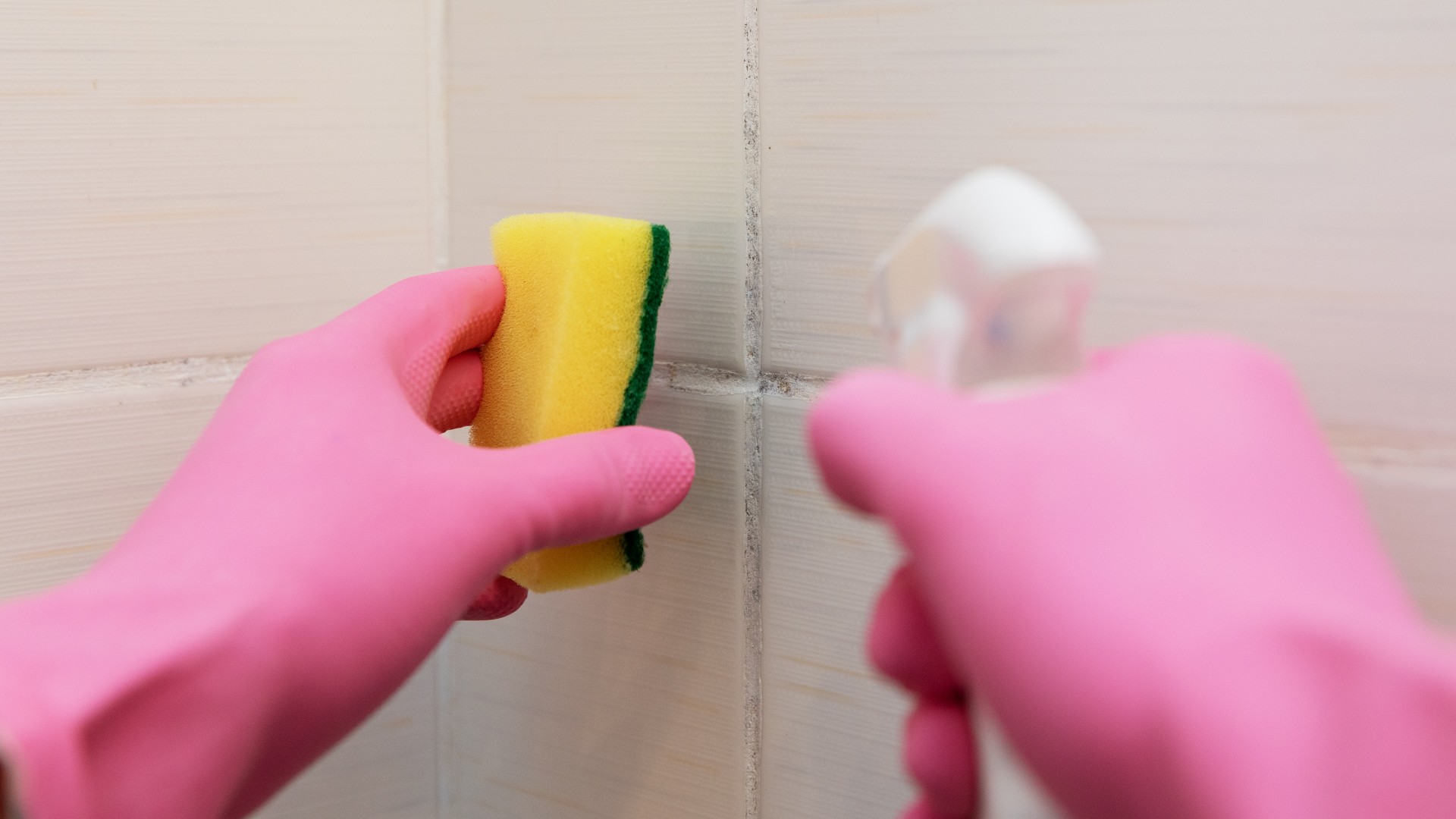A lot of people are wondering how to get rid of mold. There are a number of negative health outcomes associated with indoor mold and dampness. It's important to make sure your home is free of mold.
Most mold isn't visible but rather airborne, so you should take any signs of mold in your home seriously. How to get rid of mold? The best way to manage mold in a home is to eliminate or limit the conditions it needs to grow, including available water and nutrients found in dirt, dust, and other crumbs around the home.
If you have a home that is prone to mold, the best humidifiers are not an ideal choice. Dehumidifiers can pull excess water out of the air to prevent mold growth. We will look at ways to get rid of mold.
According to a study published in Indoor Air, indoor mold and dampness can cause a pro- inflammatory response in the body that can contribute to a range of respiratory diseases. Eliminating mold in your home is necessary to stay healthy.
RECOMMENDED VIDEOS FOR YOU...
When cleaning up mold, make sure you wear protective gear because it can be very harmful to your health. The United States Environmental Protection Agency recommends that anyone cleaning up mold or breathing in mold should wear an N-95 face mask, gloves, and goggles.
According to a 2004 report by the Institute of Medicine, there are several signs of water problems that you should watch out for, including peeling paint, wet spots, wrinkled wallpaper, cracks in plaster, and warped wood. The report recommends thoroughly examining parts of the home that are more susceptible to mold growth, including the basement, crawl spaces, attics, foundations, and areas that are often wet.

Any mold growth that can be cleaned should be destroyed. Materials that can't be cleaned should be thrown out. Paper, gypsum board, textiles, and other soft porous material should be thrown out if they are found to be contaminated with mold.
Mild detergent can be used to clean mold. It is not recommended to use a chemical cleaner like chlorine bleach for routine clean ups.
To prevent mold growth, the EPA recommends keeping the indoor humidity between 30 and 50 percent. A humidity meter can be used to measure how much humidity is in the air. If your home's humidity is more than 50 percent, a dehumidifier can be used to remove excess humidity from the air. You may find that investing in an air purifiers along with a dehumidifier is beneficial. Our guide to the best air purifiers has more information.
Depending on how many people live in your home and how often they take showers and baths, the bathroom can be in a constant state of disrepair. It's important to run the bathroom fan or open a window to take the moist air out of the house.
If you see signs of mold, you should increase the frequencies of cleaning your bathroom. If you find it hard to control the humidity in a bathroom, consider using a dehumidifier.
If there is water in your home, it must be dried within 48 hours. If you see the potential for mold growth, act fast. Any surface can be damaged by mold.

Similar to the bathroom, excess water can accumulate in the kitchen. Run an exhaust fan or open a window to let the humidity go down.
Make sure to check for water leaks if you notice water damage under sinks. There are often leaks in sinks where the basket drain seals to the sink. Plug the drain, fill the sink with water, and watch for leaks as you can figure out where a leak may be.
To clean mold, scrub it with detergent and water and let it dry. The sink may not be used until everything is dry.
If your home smells damp, but you don't see any mold, there may be hidden water damage. If you see signs of mold around pipes and ductwork, it's probably the backsides of walls and panels. Large amounts of mold removal is not a good idea, as this will likely cause mold growth in your home. Make sure you work with an experienced professional.
During a rainstorm or other heavy rain, excess water can enter your home. You have to act fast to dry the wet areas. Emergency measures could include turning off your home's water main, running dehumidifiers in affected rooms, or pumping or vacuuming water out of your home.
According to the EPA, increasing the heat in your home can stop dampness. Warm homes have less condensation. Good insulation and double glazed windows keeps the heat inside and doesn't create cold surfaces for condensation to form. It is important to never caulk over existing mold. The paint will peel and the mold will get worse.
Fresh air can easily flow through your home. There is still air in humid areas. Fresh air will be able to circulate around the furniture and the walls if there is a gap between them. Cupboards and cabinets need to be opened and given a good airing out.
Today's best deals on dehumidifiers.
There are references.
There is a brief guide to mold. March 25 is the date of the next year. The US EPA. The brief-guide-mold-moisture-and-your- home was published on April 20, 2022.
A., E., Afanou, A. K. J.,,,,,,,,,,,,,,,,,,,,, The potential of indoor mold particles. The journal Indoor Air, 30(4), 662, is published by the NCbi.
The Institute of Medicine. May 25, 2004. Health and damp indoor spaces. The National Academies Press is published by the National Academies. On April 29, 2022, from the National Academies website, "damp-indoor-spaces-and-health"
What are the main ways to control humidity in your home? The US EPA. What are the main ways to control mucus in your home?